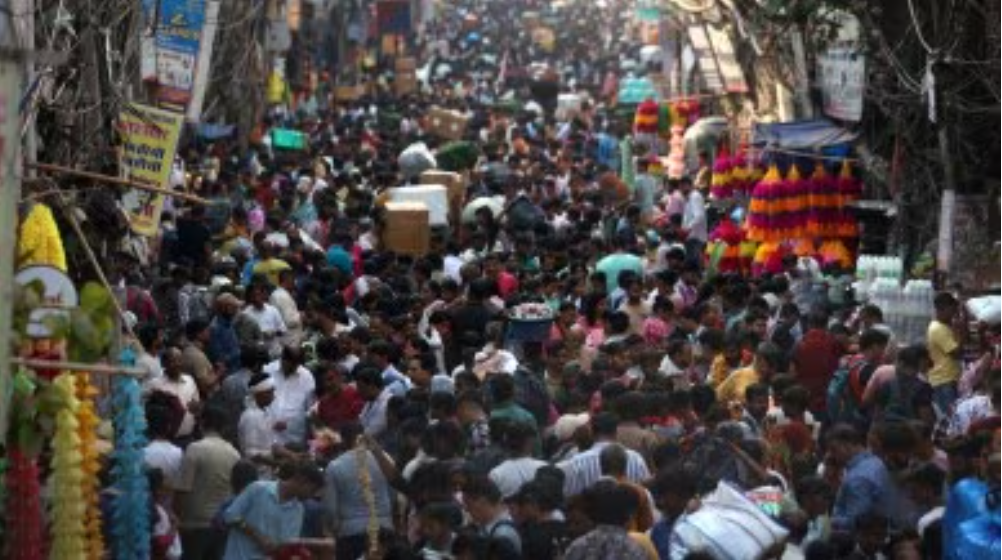Amid scepticism, green crackers return
The Indian Express spoke to experts and scientists to understand the impact of the relaxation of the total ban on firecrackers in Delhi-NCR.
Dr Manoj Kumar, air quality analyst at the Centre for Research on Energy and Clean Air (CREA), said the timing of Diwali (October 20) has reduced the overlap with stubble-burning, but the pollution impact could still be significant.
“This year, the peak stubble-burning period doesn’t coincide with Diwali as the celebrations are sooner. Even then, the pollution impact will be substantial,” Kumar said.
“Green crackers”, he said, “have not been studied well… There is only one study by IIT Roorkee and Delhi Technological University (DTU) that found high levels of ultrafine particles in the emissions. Under the National Clean Air Programme (NCAP), ultrafine particles smaller than 0.1 micrometre aren’t even measured.”
NCAP was launched by the Union Environment Ministry in 2019 to improve air quality at the city, regional, and national levels, and originally aimed to reduce “PM10 levels up to 40% or achieve national ambient air quality standards (60 µg/m3) by 2025-26 from the levels of 2019-20”.
Kumar pointed out that “There’s no way for a user to know whether a cracker is truly ‘green’.” While the good monsoon and current wind patterns above the region are keeping the air in the NCR relatively clean, “We can’t rely only on favourable wind conditions to clear the air,” he said. “The focus [of pollution control] must extend beyond Diwali to year-round pollution sources [such as vehicular emissions, road and construction dust, etc.].”
The idea of green crackers first emerged after a 2015 petition in the Supreme Court by three infants seeking protection from Delhi’s toxic winter air. The court’s 2018 judgment in Arjun Gopal vs Union of India banned conventional fireworks and allowed only reduced-emission ‘green’ variants developed by the Council of Scientific and Industrial Research (CSIR) through its National Environmental Engineering Research Institute (NEERI).
These green crackers were meant to cut particulate and gas emissions by 30-40% and keep noise levels under 120 decibels. The Petroleum and Explosives Safety Organisation (PESO) under the Union Ministry of Commerce was tasked with certifying products that met NEERI’s formulations.
Despite repeated bans, however, the illegal manufacture and sale of traditional fireworks have continued, and Delhi Police have routinely seized thousands of kilograms of banned stock in the weeks leading up to Diwali every year.
Dr R J Krupadam, Chief Scientist at CSIR-NEERI, said the institute is working to improve emission standards further.
“We have developed formulations that can reduce emissions by up to 60%, but research gaps exist,” he said. “The fireworks industry is important for many livelihoods, but there’s scope to make products more efficient and safer. We’re preparing a standard operating procedure for uniform banned-chemical testing, since different labs currently use different methods, leading to inconsistent results,” Krupadam said.
Mohan George, a former additional director at the Delhi Pollution Control Committee (DPCC), said earlier experiments with green crackers have shown that enforcement remains the weakest link.
“It was a failure when green crackers were tested experimentally in 2018,” George said. “The difference in chemical composition between green and traditional crackers cannot be verified in the field. QR codes and stickers didn’t help. You have to make the supply chain foolproof, and it’s very difficult for the police to differentiate [between green crackers and conventional ones],” he said.
Sunil Dahiya, founder and lead analyst at Envirocatalysts, an environmental research think tank based in Delhi, said the sheer numbers of firecrackers that are lit could offset the emissions reductions promised by the green variants.
“Legalising the manufacturing and bursting of green crackers is effectively legalising heightened emissions…,” he said. “While each green cracker may produce about 30% less pollution, that marginal gain could be negated by the sheer volume of firecrackers. The overall result could be a net increase in emissions,” Dahiya said.
Environmentalist Bharati Chaturvedi said even reduced-emission crackers produce dangerous “shock loads” of pollution. “People underestimate the sudden burst of toxic exposure around Diwali,” she said. “Lower emissions are fabulous, but they’re not low enough to stop respiratory distress, asthma, or even cardiac arrests. Pregnant women and children especially are at real risk,” she said.
Chaturvedi suggested that schools and community spaces across Delhi be used as clean-air zones for vulnerable groups during the festival season. “Every ward should have a clean-air zone, just like we plan cool spaces during times of heat stress,” she said.
Anil Sood, environmental activist and president of the Delhi-based citizens’ advocacy Chetna, said a lot more needs to be done to address air pollution.
“Every year, action [against air pollution] happens for four months [during the winter] and then stops. The bigger sources [of pollution]…open waste-burning, pollution from landfills, power plants, railway stations, bus stops, remain unmonitored. Policies have remained directionless while air quality worsens,” Sood said.
On the Supreme Court’s emphasis on the need to balance public health with the livelihoods of those employed in the fireworks industry, Delhi-based environmentalist Bhavreen Kandhari said, “We are talking about the most polluted capital in the world, and yet we’re justifying this in the name of livelihoods.” She alleged that “nearly 80%” of workers in the firecracker industry are children, and even government studies and manufacturers in Sivakasi concede there is no real mechanism to check whether a cracker is truly ‘green’. “After all these years, what has taken so long to create sustainable livelihoods?” Kandhari said.

